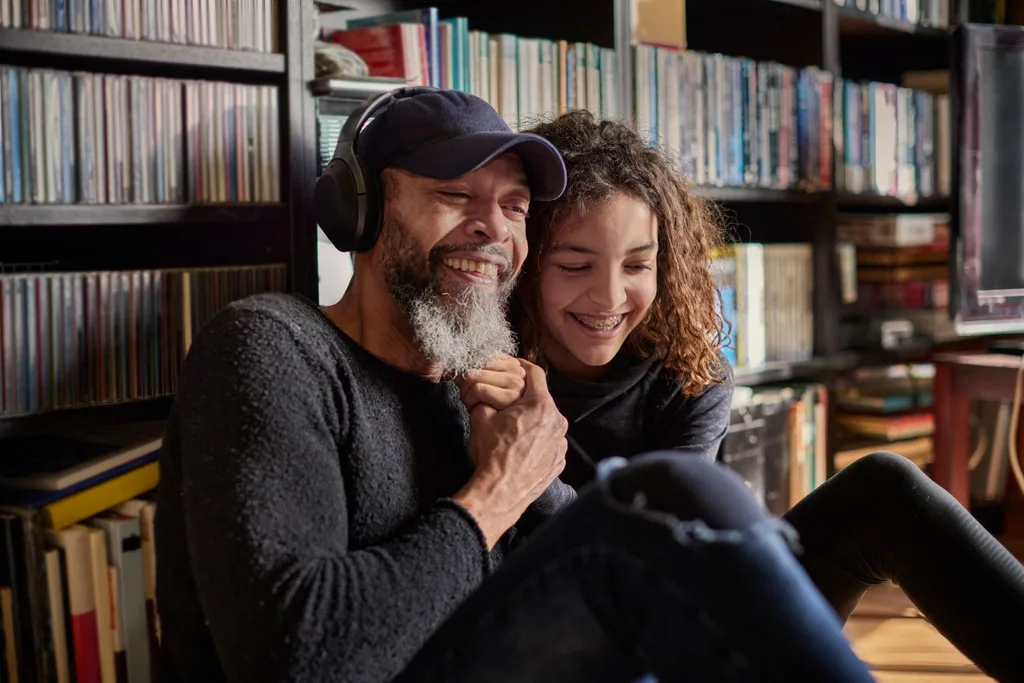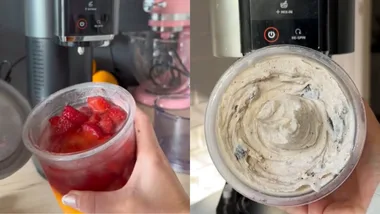For Sydney mum Michelle Clarke, funding the extracurricular activities of her two active teenagers, Josh, 18, and Gemma, 14, can cost anywhere up to $3000 per school term. Josh enjoys Scouts, martial arts, singing, drama and volunteering for the Rural Fire Service and as a lifeguard, while Gemma is a keen soccer player, musician, horse-rider and dancer.
It’s a common scenario for many families, who find feeding, clothing and entertaining their teens to be a big financial strain, as their kids’ interests, wants and needs continue to evolve. The cost of secondary education alone has almost tripled in the last 20 years, according to data from the Australian Bureau of Statistics, with parents spending as much as $100,000 for a public school education.
As you navigate this wallet-draining stage of parenthood, consider the following money-saving tips to avoid being sent bankrupt in the process.
Feed the crew on a budget
Michelle estimates she spends around $500 at the supermarket each week for her family, which also includes her two adult sons, Lachlan, 23, and Cameron, 21. “They never stop eating!” she says with a laugh, noting that between them, her four kids will easily go through one-and-a-half loaves of bread and two litres of milk every day.
“I’ve always been big on allowing them to pursue their interests, as long as they can fit it in around their school routine,” says Michelle, citing the cost of petrol as one of the biggest expenses. “I’m constantly driving them around to games, training, lessons and competitions.”
Rising grocery prices don’t help either. “Even basic items, like cheese, margarine, toilet paper and toothpaste have gone through the roof,” Michelle reports. Her top saving tip is to buy things in bulk and when they’re half-price.
Another savings strategy is to plan out your meals each week to reduce food waste. Choose cheaper meat cuts, bulk out meals with vegetables and legumes or look to meat-free options. Also avoid buying processed and ready-made items, which come with a premium price tag, and try making your own baked goods, spice mixes, sauces, bread and even cleaning products.
Responsible, smart spending is a life skill that all children should learn, so get your teens involved by writing a shopping list together, and explaining how writing a list helps avoid impulse buys. Look at catalogues and teach them how to compare prices and brands, or set them a challenge of buying ingredients for a family dinner within a set budget.

Avoid becoming a slave to technology
According to the eSafety Commissioner, teenagers spend an average of 14.4 hours a week online, using devices and apps for a range of activities including listening to music, gaming, chatting with friends, streaming movies, making videos and doing school work. As parents, it can be hard to know where to draw the line, because as essential as technology has become to our daily lives, it doesn’t come for free.
To start, work with your teen to create a set of rules around technology in your house, including where, when and how it can be used. Utilise parental controls to limit the content they can access and set timers for screen use. Help them develop healthy phone habits, such as how to keep their phone charged and safe, tracking their bills and data use and asking permission before making purchases or downloading content.
Also encourage screen-free interests. Extracurricular activities or hobbies provide kids with a chance to learn new skills and socialise, and in the case of Josh and Gemma, keep them otherwise occupied so they’re not constantly reaching for devices. “They’re constantly on the go and have something on most days,” says Michelle. “When they do sit around gaming or using their phones, I don’t mind so much – that’s their downtime.”

Get a handle on health care
According to the Australian Institute of Health and Welfare, in 2022, mental health conditions and substance use disorders and injuries contributed the most burden of disease (health loss) for young people aged 15-24.
For females, anxiety disorders ranked highest, followed by depressive disorders, eating disorders, asthma and suicide. For males, suicide and self-inflicted injuries ranked highest, followed by alcohol use and disorders, traffic injuries, depressive disorders and lastly, asthma.
Caring for the mental health of children and adolescents is costing Australian families and the public purse a lot. Research published in December 2021 from Deakin Health Economics found that while nearly $200 million in mental health care expenses is billed to Medicare, around $37 million is paid by families in out-of-pocket expenses for the diagnosis and treatment of mentally unwell young people.
Then there’s dental health. In 2020-21, 49% of Australians 15 years and over saw a dental professional within the last 12 months. Around $11.1 billion was spent on dental services in Australia. Again, the majority of dental costs (59%) are paid by the patient, with individuals spending on average $253 over the 12-month period.
Meeting our teens’ myriad health needs can come at a cost, be it for medication, therapy, life’s bumps and grazes, or surgery. But having an appropriate level of health insurance can help ease the financial burden, and can also give you control over where you receive treatment and who you see.
Coverage for kids is usually included under a family or single parent health insurance policy, and depending on your provider, they may be covered until the age of 21, or in some cases, 31. Along with ambulance and hospital cover, you can also opt for an additional extras policy. Extras can provide help to cover the costs of things like optical, dental, orthodontics, physiotherapy, speech therapy or psychology, based on your family’s needs (waiting periods may apply).
Comparison websites like iSelect can help you wade through the options from its range of providers. And if your kids are approaching the legal driving age, you might like to check out car insurance policies at the same time.

Use pocket money to your advantage
A CommBank survey found that almost 80 per cent of Australian parents give their children pocket money, starting anytime from four years of age. The going sum for teens was found to range from $11 to $14 per week.
Pocket money is a great tool for teaching kids the value of money and how to earn it, save it and spend it. You might like to use it as a reward for good behaviour, doing household chores, helping others or school and sporting achievements.
It can also be put towards larger items and experiences that they covet, such as branded clothing, online game credits, sporting equipment, concert tickets or social activities.
Just remember, the amount you give is entirely dependent on your personal financial situation and should be affordable within the scheme of your weekly budget.
Brought to you by iSelect. At iSelect, we’re passionate about helping Australians with their household bills and saving time, effort and money. We are Australia’s go-to destination for comparison across insurance, utilities and personal finance products made available from our range of providers and our service is provided at no cost to the customer. We compare a wide range of Australia’s leading brands and our trained consultants help Australians to compare, select and save.
iSelect disclaimer
*iSelect does not compare all products in the market. The availability of products iSelect compare may change from time to time. Not all products made available from iSelect’s providers are compared by iSelect and due to commercial arrangements, area or availability, not all products compared by iSelect will be available to all customers. Some products and special offers may only be available from iSelect’s call centre or website. Click here to view iSelect’s range of Providers.










